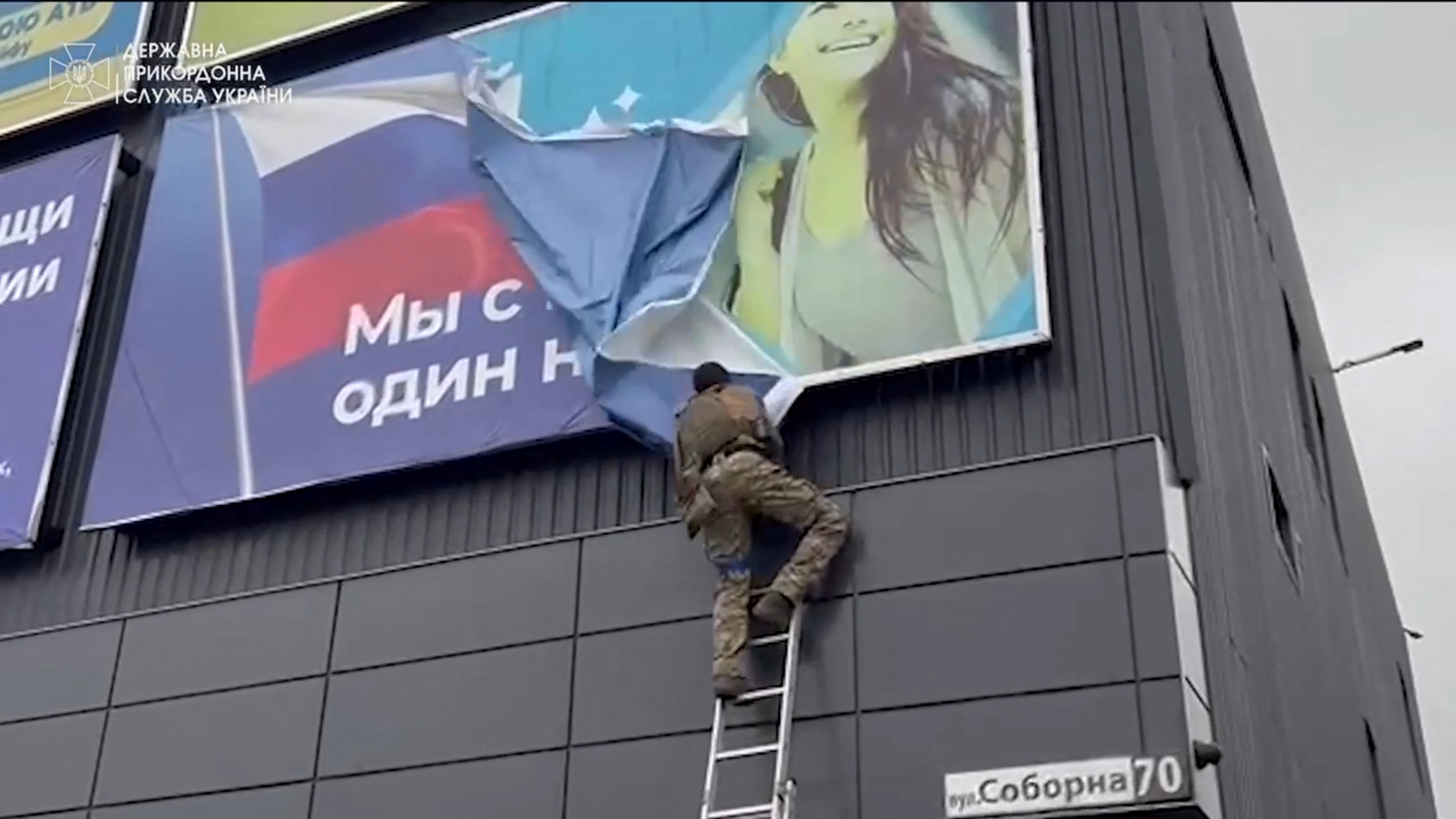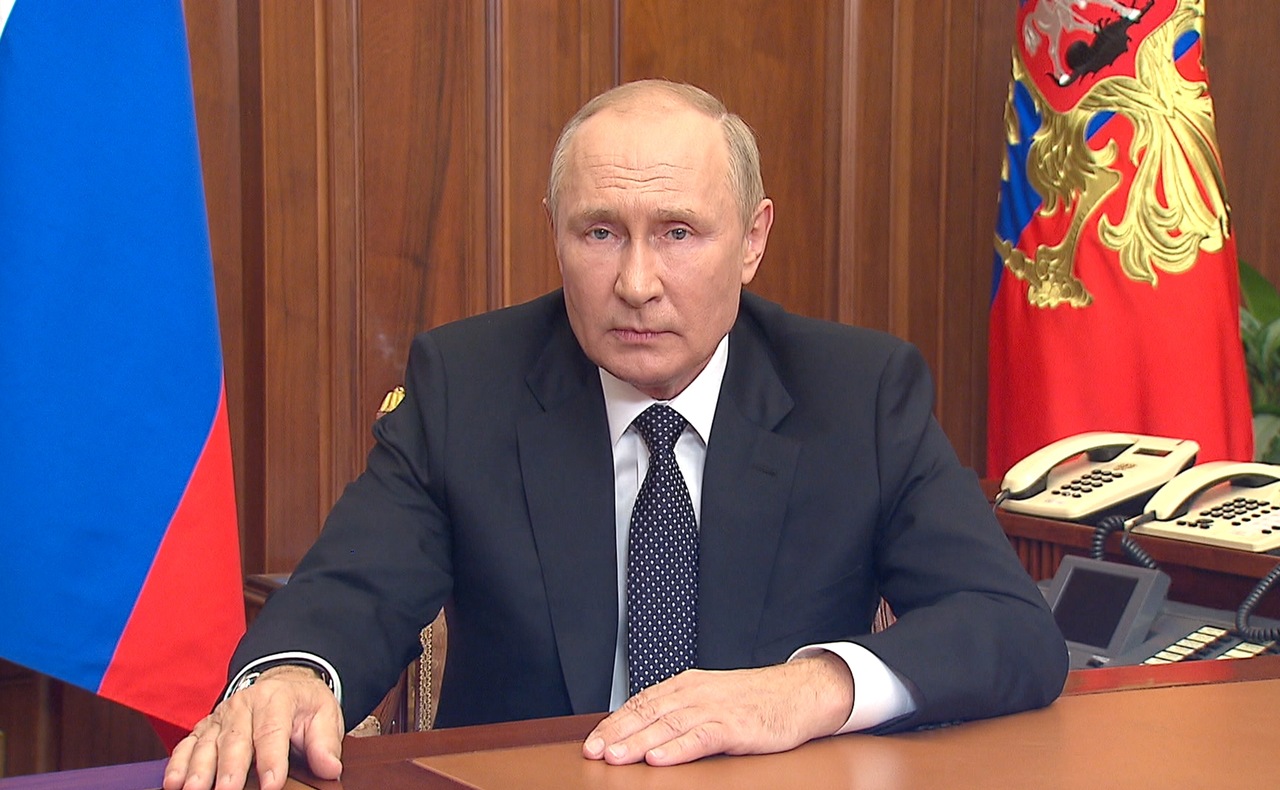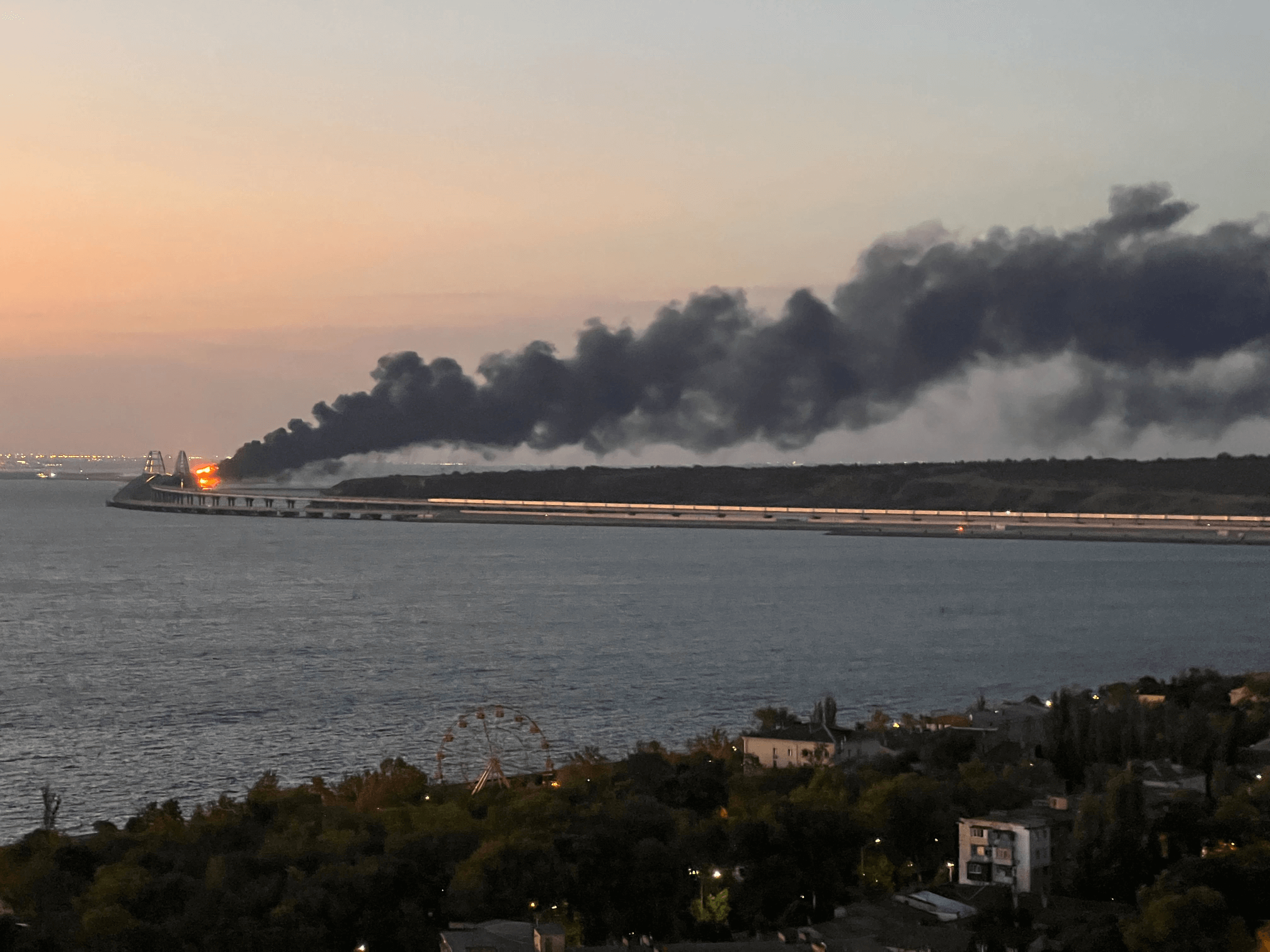The Strategic and Military Situation in Ukraine After It Liberated Kherson
On 11 November, Ukraine restored control over Kherson and the right bank of the Kherson region. The recapture of this city has important political, psychological, and military significance. At the same time, intense fighting continues in eastern Ukraine in the Donetsk and Luhansk regions. For the counter-offensive activities of the Ukrainian Armed Forces to continue to be successful, it is necessary to maintain at least the current level of supplies of Western military equipment.
 UKRAINIAN PRESIDENTIAL PRESS SER / Reuters / Forum
UKRAINIAN PRESIDENTIAL PRESS SER / Reuters / Forum
What did the Ukrainian counteroffensive look like?
The Ukrainian counteroffensive in the Kherson region began at the turn of August and September when the Armed Forces of Ukraine attempted to cut off Russian troops on the western bank of the Dnieper from logistical support. The actions were coordinated with a counteroffensive in the Kharkiv region. In the following weeks, the Ukrainian side concentrated significant forces (estimated to have been as many as 80,000 troops) and necessary equipment on this section of the front. The Russians began withdrawing artillery to the left bank of the Dnieper and rotating cadre units, which were replaced by newly mobilised forces. They also began preparations for a retreat, which was announced on 9 November by Gen. Sergey Surovikin, the commander of all operations in Ukraine. Officially, the purpose of the withdrawal was to protect the Russian troops.
Ukraine did not pursue the fleeing forces, which was most likely dictated by the need to protect its own units and to save equipment and ammunition. Potential losses that could be incurred during the fighting with mobilised units were assessed as exceeding the military benefits obtained. This decision allows Ukraine to maintain the full combat capabilities of its units and redeploy some of them to Donbas.
Currently, in Kherson and the territory in the oblast on the west side of the Dnieper (where more than 179 towns have been liberated in total), operations are underway to clear numerous mines, restore electricity, mobile communications, the internet, and healthcare and banking systems. On 12 November, Ukrainian local authorities, the police, and the Security Service of Ukraine returned to Kherson, and on 14 November President Zelensky made a surprise visit to the city.
What is the significance of Ukraine regaining control over Kherson?
The recapture of Kherson, as well as the liberation of Kharkiv Oblast in September, is of great psychological and political importance for the Ukrainian society and authorities. In total, the Armed Forces of Ukraine have recovered 64,000 km2—more than half of the lands occupied by Russia after 24 February. This strengthens the morale of the military and the civilian population and shows that Ukraine is able and ready to consistently liberate its territory. Regaining control over Kherson has also made it possible to redeploy some of the units to the Donbas as smaller forces can defend the city. The Ukrainian success also indicates the importance of the equipment received from the West. The recapture of the right bank (western) of the Kharkiv Oblast took place a few days before the G-20 summit in Indonesia on 15-16 November, which raises Ukraine’s position in, among other things, the negotiations related to grain exports.
For Russia, giving up Kherson is a political and image-related blow, especially since in light of the so-called referendums regarding the incorporation of four Ukrainian oblasts into Russia, including Kherson, the aggressor has now “lost” more of the annexed territories and calls into question its ability to defend the rest. The defeat also raises more and more doubts about the condition of the Russian Armed Forces and the decisions taken by the authorities. However, we can expect an intensification of Russian attacks in eastern Ukraine to try to cover up the recent losses, at least in terms of image.
What is happening in eastern Ukraine?
Part of the Ukrainian Armed Forces previously gathered on the southern front are being redeployed to the fighting in the Donbas. Similar activities are being carried out by the Russian side, with some of the units that were withdrawn from the right bank of the Dnieper being transferred to operations mainly in the Donetsk region. In both cases, these are valuable units, and therefore an intensification of the already intense military operations in Donbas can be expected.
Particularly fierce clashes are taking place in the areas of the cities of Svatove (Luhansk Oblast) and Bakhmut (Donetsk Oblast) where the Russians have accumulated significant forces and resources that have enabled them to stop the Ukrainian counteroffensive. Heavy fighting is also taking place west of Donetsk in the areas of Avdiivka and Maryinka. At the same time, the front line in the east remains stable, and the fighting quite often takes the form of trench warfare.
What will further hostilities look like?
Military preparations made so far (transfer of troops and equipment) and announcements by both sides show that the fighting will be concentrated in the east of the country, in the Donetsk and Luhansk oblasts. Ukraine continues to gradually liberate its lands, and a possible suspension of operations would make it easier for Russia to re-strengthen its defensive lines, regroup its forces and improve its position for a spring counterattack. In turn, in Russia, after the defeats so far, even small territorial gains are presented as significant successes to justify the military effort of the state.
Ukraine’s focus on liberating Donbas means that the probability of Ukraine undertaking offensive actions towards the Sea of Azov (e.g., towards Berdiansk) can be assessed as low. At the same time, the Ukrainian Armed Forces will take further actions against the Russian group stationed in the occupied left-bank (eastern) part of Kherson Oblast and in Crimea.
Despite problems related to the lack of equipment and ammunition (including missile and unmanned systems), the likelihood of Russia firing on Ukraine’s critical infrastructure is still high. This will be aimed at putting pressure on the civilian population by denying them access to essential services. Russia also hopes that the decline in the quality of life will cause a significant increase in the number of Ukrainian refugees going to Western European countries.
What support does Ukraine need?
For the continued success of the counteroffensive, Ukraine needs constant supplies of military equipment, including artillery systems, tanks, armoured personnel carriers, and means of communication. In turn, for the protection of critical infrastructure, further numerous deliveries of air defence systems are necessary. Moreover, it is important to continue the training of Ukrainian soldiers by Western countries and to support the treatment of the wounded, both in Ukraine and abroad.
In order to secure key services for the civilian population, especially electricity supplies, it is also necessary to rebuild Ukraine’s ability to repair damaged infrastructure. The country also needs support with assistance to internally displaced persons, the number of which is estimated by the UNHCR at 6.54 million. It is also will be worth the effort for EU countries to prepare now to accept another significant number of refugees.





